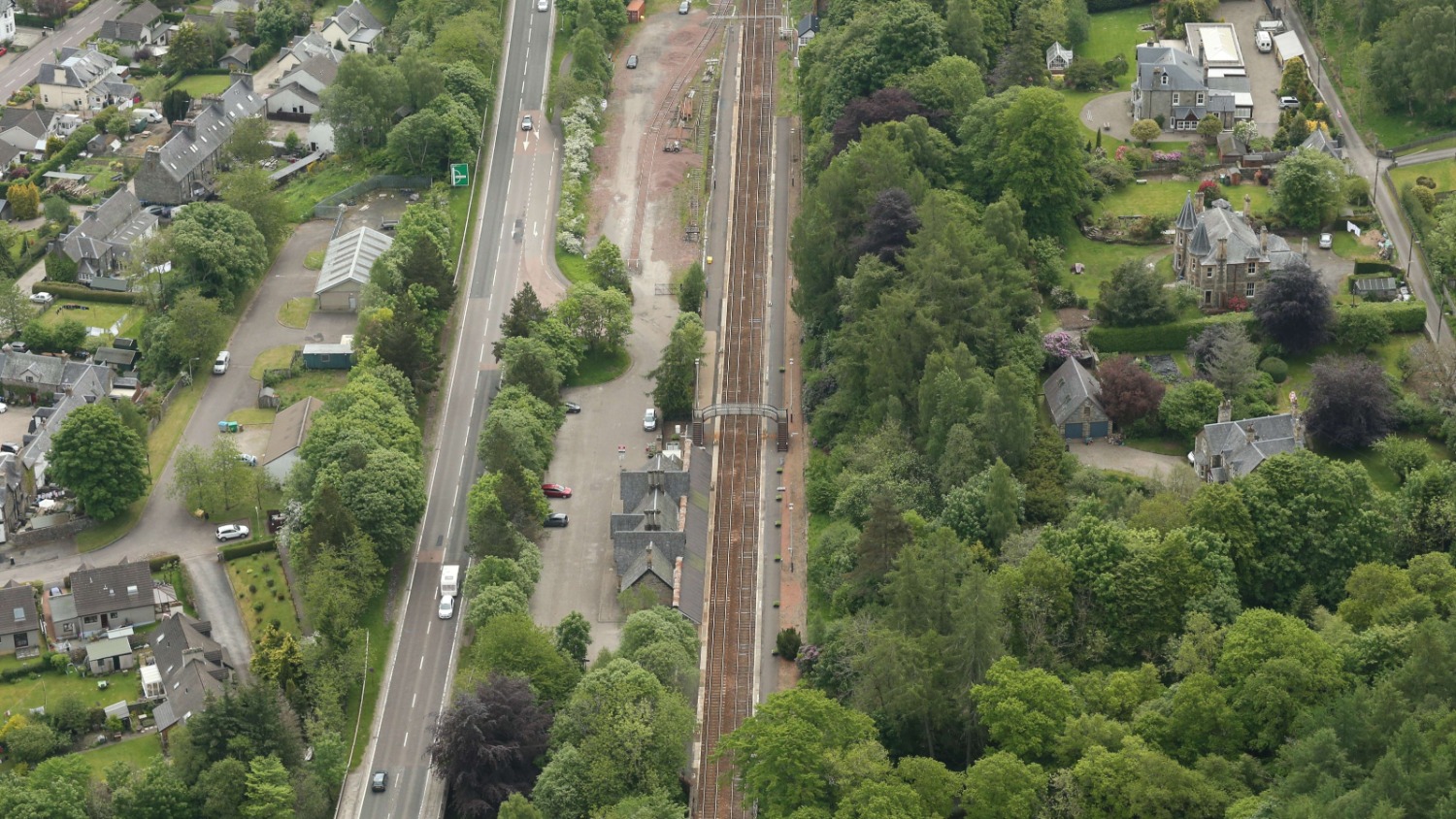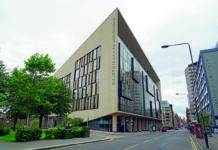
NETWORK Rail is to begin a £3 million project to upgrade the platforms at Dunkeld and Birnam Railway Station.
Part of both platforms will be raised, with a ‘gentle’ connecting ramp being provided between the existing platform surface and the newly raised sections.
Work at the station will begin in January, with part of each platform closed whilst the work takes place to the rear of the footbridge at the south end of the station. During the work, the length of the platforms will be reduced to 97m so that construction work can be carried out safely.
Platform 1 will have the level raised along a 53-metre section, with a 33-metre section of platform 2 also being upgraded. The new raised platform lengths will be 150m (Platform 1) and 120m (Platform 2).
Alan Ross, Network Rail Scotland’s director of engineering and asset management, said, “This work is part of our strategy for investing in Scotland’s stations to help us ensure we run a safe and reliable railway for our customers for years to come.
“We understand the inconvenience the work may cause for some passengers and our lineside neighbours and we appreciate their patience and understanding while we deliver these vital improvements.”
Jess Pepper and Lachlan McEwan, co-coordinators of the Dunkeld and Birnam Community Station Group, added, “It is fantastic that work is already underway, and will begin on site in January 2025, to raise the platform at Dunkeld and Birnam Station.
“This improvement has been long awaited, and is being warmly welcomed by those who value, rely upon and would like to use services to and from this historic station. It will improve safety, accessibility and enable many more people to access rail services to and from the area, and across Scotland.
“Through collaboration with the community, Network Rail and many partners, this exciting development is just one of three work streams to make the station more accessible for everyone to travel by active and sustainable travel – and importantly, to restore and bring this incredible A-listed station building back into community use.”











